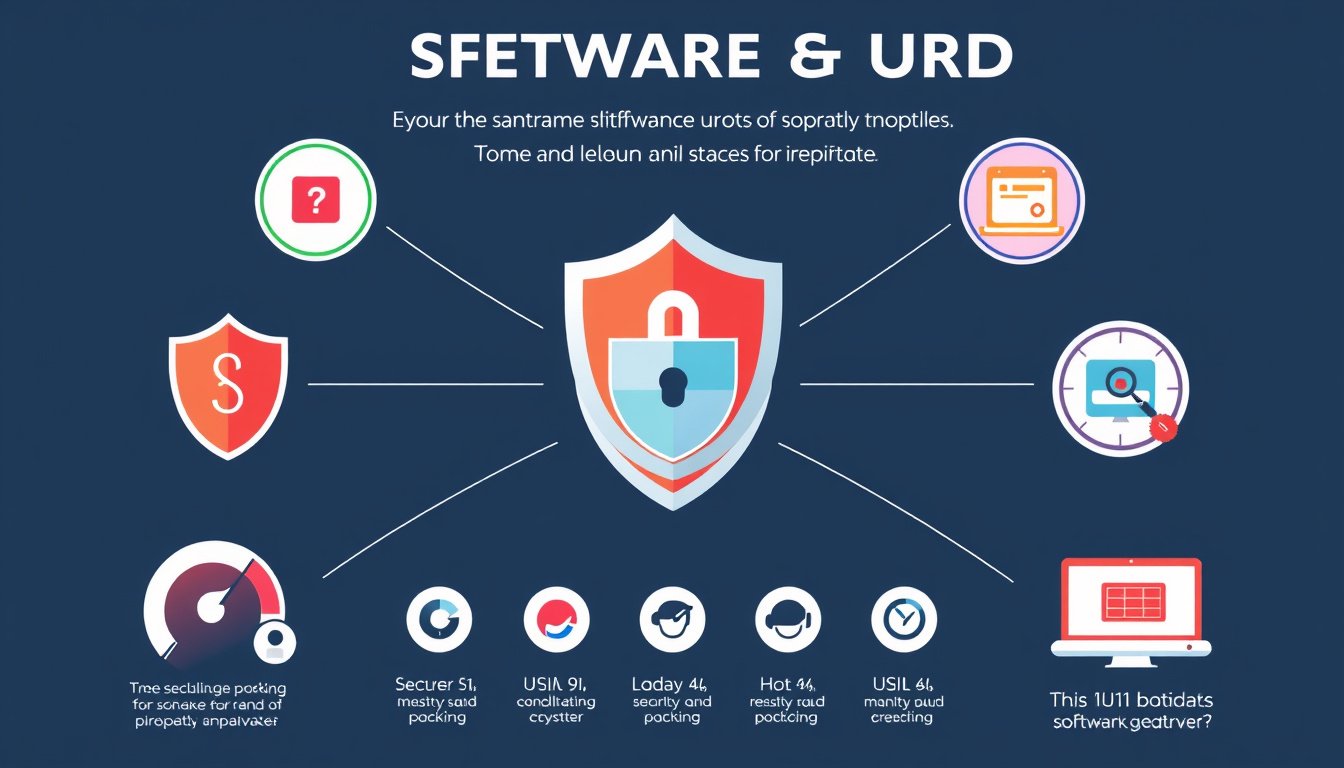
Keeping your software updated is one of the simplest yet most effective ways to enhance your device’s security and performance. In an era where cyber threats abound and digital efficiency is paramount, neglecting software updates can leave your system vulnerable and sluggish. This comprehensive guide will walk you through why updating software matters, how it safeguards your data, and the best practices to ensure you stay protected and enjoy smooth device operation.

Why Keeping Your Software Updated Is Crucial
1. Strengthening Security Against Cyber Threats
Software updates frequently include patches that address newly discovered vulnerabilities. Cybercriminals actively exploit these weaknesses in outdated software to gain unauthorized access to systems and sensitive information. By promptly installing updates, you close these security gaps, drastically reducing the risk of malware infections, ransomware attacks, and data breaches.
2. Enhancing Performance and Functionality
Beyond security, updates often improve your software’s speed, stability, and usability. Developers refine features, fix bugs, and optimize the software to better suit evolving hardware and other applications. Updated software helps you enjoy faster operations, fewer crashes, and access to new tools designed to enhance your overall user experience.
3. Ensuring Compatibility and Seamless Integration
As technology progresses, software and hardware standards evolve. Running outdated software can lead to compatibility issues such as failure to access new websites, poor synchronization with devices, or inability to use cloud-based services. Keeping software current ensures it works harmoniously with other programs and modern devices, preventing interruptions in your workflow.
Best Practices for Keeping Your Software Updated
Enable Automatic Updates Whenever Possible
Most modern operating systems and applications offer automatic update options. Activating this feature allows your device to download and install the latest updates without manual intervention, ensuring you never miss critical security patches or feature enhancements.
Regularly Check for Updates Manually
If you prefer to manage updates yourself, make it a habit to routinely check for new versions. This can often be done through the software’s settings or help menus. Visiting the official website of the software vendor can also alert you to recent patches or important announcements.
Update All Software — Not Just the Operating System
It’s essential to maintain all your software, including web browsers, office suites, antivirus programs, device drivers, and even firmware—the low-level software controlling your device’s hardware. Each component can have unique vulnerabilities that cybercriminals might exploit.
Prioritize Critical Updates
If immediate installation of all updates isn’t feasible, prioritize those identified as critical or security-related. These patches fix severe vulnerabilities that could lead to system compromise.
Recognizing and Avoiding Fake Update Scams
Cybercriminals often use fake update notifications to trick users into downloading malware disguised as legitimate software updates. These scams usually present convincing pop-up windows or redirect users to fraudulent websites resembling official update pages. To stay safe:
- Always verify that update URLs match official developer domains.
- Beware of poor grammar, unexpected file types (like executables named .exe or .msi), and messages pressuring you to update immediately.
- Avoid downloading updates from third-party sites; instead, use official software channels or built-in update functions.
- If suspicious, close the page immediately and run a trustworthy antivirus scan.
How Organizations Manage Software Updates
Institutions such as universities often enforce strict software update policies to protect their entire networks. For example, some use centralized management tools to deploy updates automatically and monitor compliance, ensuring all devices meet security standards. They also restrict unauthorized or unsupported software use, reducing risks from unpatched vulnerabilities.
Additional Tips to Stay Secure and Up to Date
- Stay Informed: Follow security news and advisories to be aware of emerging threats and relevant updates.
- Restart Devices Regularly: Some updates require a reboot to take effect, so restarting helps apply the latest patches.
- Keep Antivirus Software Current: Antivirus programs themselves need updates to defend against new viruses and malware.
- Maintain Backup: Regularly back up important data so that you can recover it in case of issues or cyberattacks.
Conclusion
Consistently updating your software is a vital practice for protecting your personal and organizational data, ensuring smooth and efficient device operation, and staying ahead of cyber threats. By enabling automatic updates, being vigilant about update sources, and maintaining all software components, you can boost your system’s security and performance effortlessly.
Embrace these habits today to safeguard your digital environment and maximize the potential of your technology.









